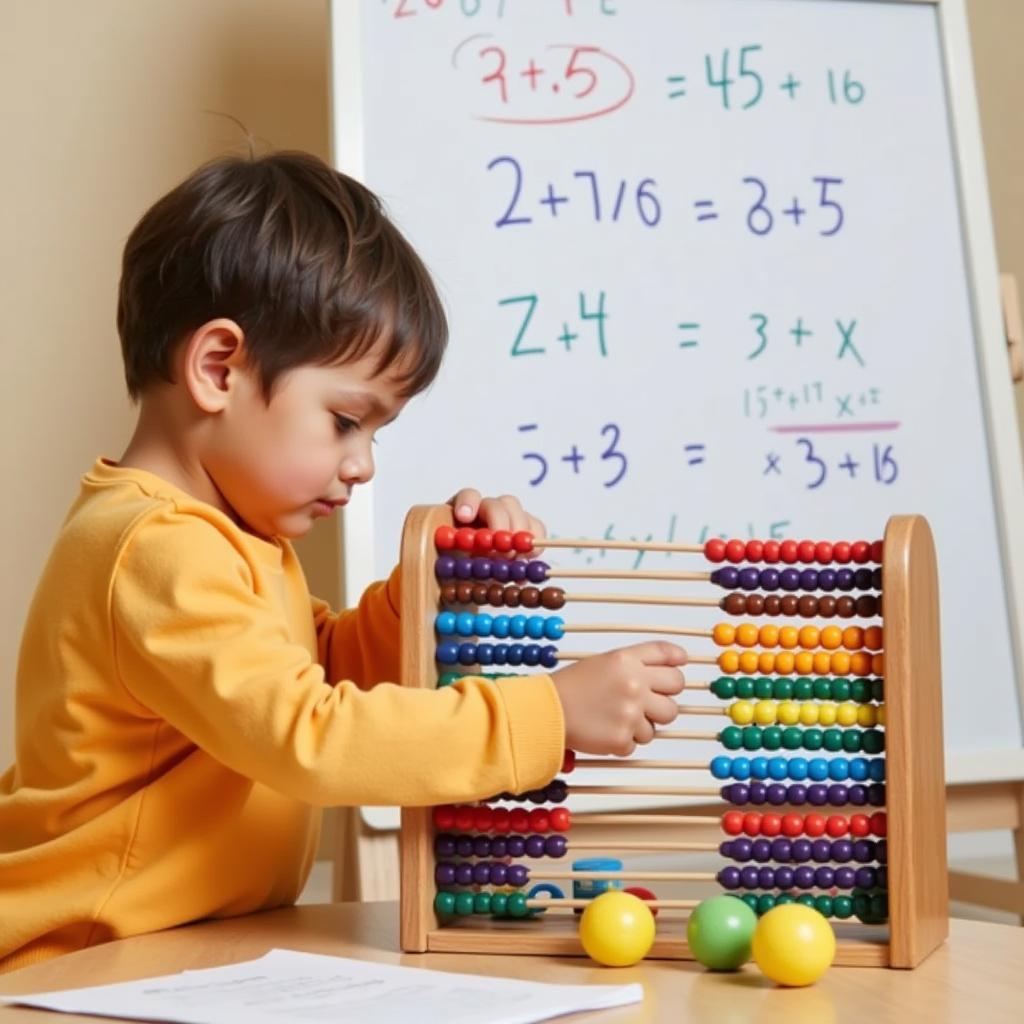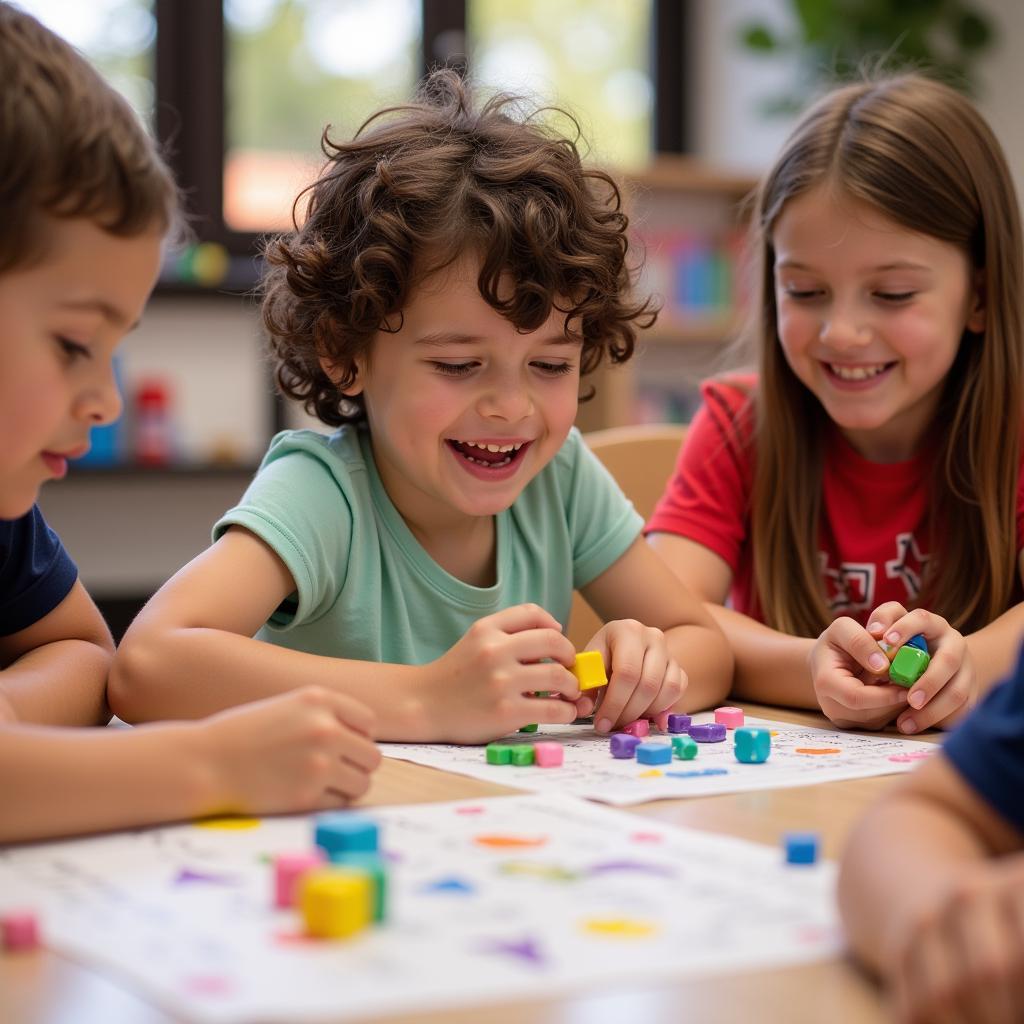Teaching first-grade math can be a rewarding experience, but it also requires a structured approach and engaging activities. This guide offers comprehensive support for parents and educators navigating the world of first-grade math. We’ll explore key concepts, effective strategies, and fun ways to help children develop a solid mathematical foundation.
Understanding First Grade Math Concepts
First-grade math builds upon the basic skills learned in kindergarten, introducing new concepts like addition and subtraction within 20, place value (tens and ones), measurement, and simple geometry. It’s crucial to ensure a strong grasp of these fundamentals to prepare children for future mathematical challenges.
Number Recognition and Counting
A core component of first-grade math is mastering number recognition and counting. Children should be able to identify and write numbers from 0 to 100, count forward and backward, and understand the concept of “one more” and “one less.”
Addition and Subtraction within 20
First graders delve into addition and subtraction, initially within 10, and then progressing to 20. They learn different strategies for solving these problems, such as using their fingers, manipulatives like counters or blocks, and drawing pictures. Understanding the relationship between addition and subtraction is also essential.
 First Grade Addition and Subtraction Practice
First Grade Addition and Subtraction Practice
Place Value: Tens and Ones
The concept of place value is introduced, where children learn that numbers are composed of tens and ones. This understanding forms the basis for working with larger numbers later on. Using base ten blocks and other visual aids can help solidify this concept.
Measurement and Geometry
First graders begin exploring measurement, comparing lengths and weights of objects using non-standard units. They also learn basic geometric shapes, such as circles, squares, triangles, and rectangles, and begin to identify these shapes in their environment.
Effective Strategies for Teaching First Grade Math
Creating a positive and engaging learning environment is crucial for fostering a love of math. Here are some effective strategies:
- Use Manipulatives: Hands-on activities using blocks, counters, and other manipulatives make learning concrete and engaging.
- Play Games: Math games are a fantastic way to make learning fun and interactive.
- Incorporate Real-Life Examples: Connect math concepts to everyday situations to show children the relevance of math in their lives.
- Practice Regularly: Consistent practice is key to solidifying new skills.
- Provide Positive Reinforcement: Encourage and praise children’s efforts to build confidence.
Making Math Fun and Engaging
Learning math shouldn’t feel like a chore. Incorporating games, interactive activities, and real-world examples can make math exciting and accessible.
 Engaging First Grade Math Activities
Engaging First Grade Math Activities
Conclusion
Teaching first-grade math requires patience, creativity, and a focus on building a strong foundation. By utilizing engaging strategies and focusing on key concepts, you can empower children to develop a love for math and prepare them for future mathematical success. Remember to incorporate real-life examples and make learning fun!
FAQ
- What are the core math concepts taught in first grade?
- How can I make learning math fun for my child?
- What are some effective strategies for teaching addition and subtraction?
- How can I help my child understand place value?
- What resources are available for first-grade math practice?
- How can I assess my child’s understanding of first-grade math concepts?
- What are some common challenges first graders face in math, and how can I address them?
Need support? Contact us at Phone Number: 0372960696, Email: TRAVELCAR[email protected], or visit us at 260 Cau Giay, Hanoi. We have a 24/7 customer service team.

